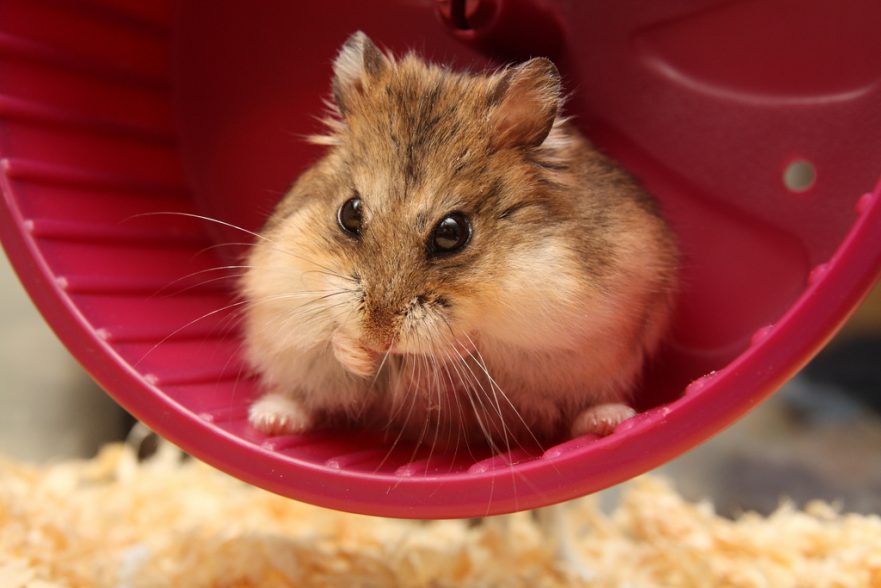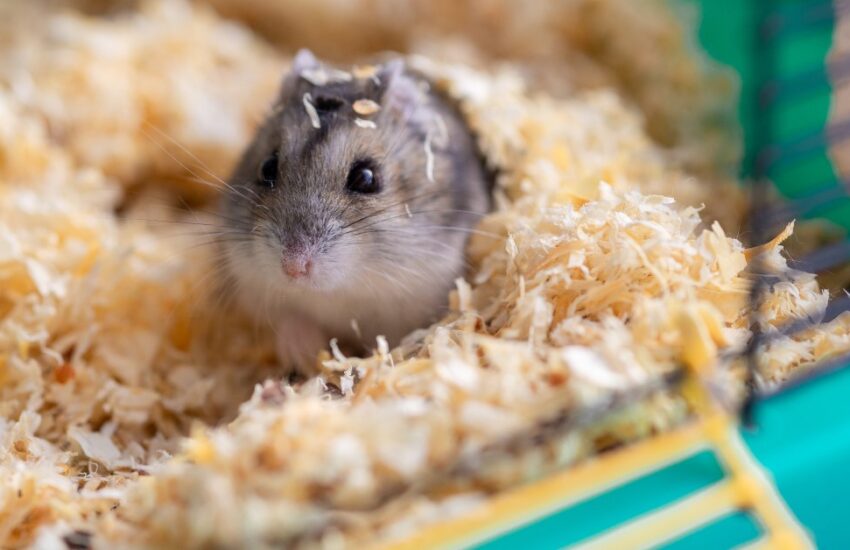Best Hamster Breeds for Small Living Areas
When it comes to pets, hamsters have become a popular choice, especially for those living in small spaces. Their small size, low maintenance requirements, and adorable nature make them ideal companions for apartment dwellers and anyone with limited room. But with various breeds available, which ones are best suited for compact living? In this article, we will explore the best hamster breeds for small living areas, ensuring your pet has a happy and healthy environment while fitting into your lifestyle.

Before diving into specific breeds, it’s crucial to understand the common needs of hamsters, such as space, exercise requirements, and overall care. This will help you select the right breed that aligns with your living situation and your ability to care for a pet. You’ll also learn about their specific characteristics, temperaments, and why they are perfect for small living spaces.
Understanding Hamster Needs
Hamsters are generally solitary animals that thrive in their own space. However, they do require a proper habitat that caters to their instincts and instincts. When considering a hamster breed for a small living area, take note of the following:
- Habitat Size: While some breeds can live in smaller cages, all hamsters need enough room to move around, explore, and exercise.
- Exercise Equipment: Ensure you provide appropriate exercise tools like tunnels, wheels, and toys to keep them active.
- Temperament: Different breeds have varying temperaments, which might influence their suitability for small living areas, based on their energy levels.
1. Syrian Hamster
Overview
The Syrian hamster, also known as the golden hamster, is one of the most popular pet hamster breeds. They are larger than most other breeds but can still adapt well to smaller habitats as long as their needs are met.
Space Requirements
Syrian hamsters require a minimum cage size of 24 inches by 12 inches, but bigger is always better. They love to climb and explore, so vertical space is essential in their habitat.
Temperament
These hamsters are known for their friendly nature when handled regularly. They do well as pets, especially for children, making them a great choice for families.
2. Dwarf Campbell’s Hamster
Overview
The Campbell’s dwarf hamster is another excellent choice for those with limited living space. They are smaller than Syrian hamsters, making them well-suited for compact environments.
Space Requirements
This breed can thrive in a cage size that is around 12 inches by 24 inches. They enjoy burrowing and scavenging, meaning they will need bedding that allows them to dig.
Temperament
Campbell’s hamsters are social and active, often enjoying interaction, which is perfect for families looking for a pet that will engage with them.
3. Roborovski Hamster
Overview
The Roborovski hamster is the smallest of the common breeds and can be a perfect fit for tiny living spaces. Their tiny stature and energetic nature make them a delight to watch.
Space Requirements
These little hamsters can live comfortably in cages that are around 12 inches by 12 inches, though larger spaces will always benefit their health and happiness.
Temperament
Roborovski hamsters are known for their speed and agility. They are shy but are fun to observe. While they don’t typically enjoy handling as much as other breeds, they thrive in a well-enriched environment.
4. Winter White Dwarf Hamster
Overview
The Winter White hamster is another dwarf breed known for its seasonal fur changes from brown to white in winter. They are compact, friendly, and a great option for a small living area.
Space Requirements
Like other dwarf breeds, they do well in a cage that is a minimum of 12 inches by 24 inches, with plenty of opportunities for climbing and burrowing.
Temperament
This breed is generally calm and friendly, making them delightful companions for pet owners of all ages.
5. Chinese Hamster
Overview
The Chinese hamster, characterized by its long tail and unique appearance, is small and can adapt to various living situations. Their gentle demeanor makes them a good fit for those who want a quiet pet.
Space Requirements
These hamsters can thrive in habitats sized around 12 inches by 18 inches. However, providing them with additional toys and structures to climb on is beneficial.
Temperament
Chinese hamsters are known for being more independent than other breeds. While they may not enjoy excessive handling, they can create strong bonds with their caretakers.
Conclusion
Choosing the right hamster breed for a small living area can bring joy to both you and your pet. By opting for breeds like Syrian, Campbell’s dwarf, Roborovski, Winter White, or Chinese hamsters, you can ensure that your hamster has a happy life that fits within your limited space. Remember that a proper habitat, regular interaction, and opportunities for exercise are essential for their well-being. With the right information and preparation, you can enjoy the companionship of a wonderful little friend, no matter how small your living area is.
For more detailed insights into caring for your hamster, check out these articles on finding the right pet for your lifestyle and setting up the perfect hamster habitat.
